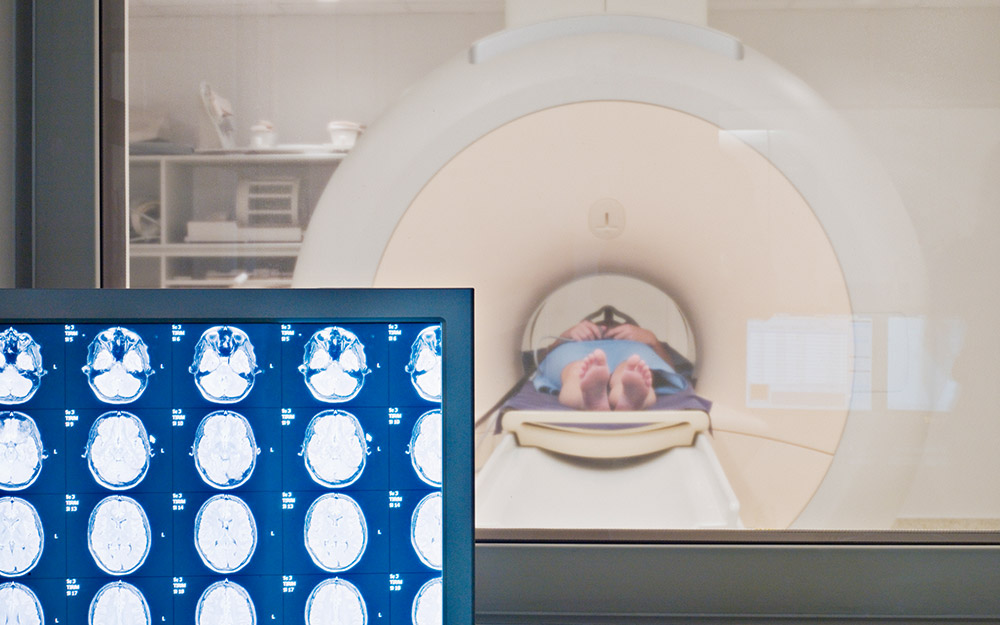Robotic Soldering
The essentials of soldering robot
Soldering robots are established methodology for many years. Many industries such as Automotive, Aerospace and Medial who require high reliability of soldering joints adopt the method.
The video is easy to understand the benefits of robotize your soldering operation process.

Advantages
Robot soldering is suitable for all soldering processes that are currently performed by hand. Automating the soldering process makes it both faster and more precise.
-
Maximum Reliability
Hand soldering always leaves room for human error. If the soldering temperature is too high, it damages components, when it is too low, no proper alloy is formed. Using just the right amount of solder and the optimal solder time is equally decisive for a good soldering performance. All these issues can be resolved with robotic soldering. Especially when it comes to repetitive, high-precision, or safety-relevant tasks, robotic soldering is therefore the right choice.
-
Increased Efficiency
Soldering robots perform soldering tasks much faster than by hand, especially true if tasks can be combined. An example of this is Japan Unix’s Solder Meister Universe S. Two robots work together to integrate picking, substrate insertion and soldering in one step, where normally several workers would perform them one after the other. This reduces cycle times and saves workspace, while increasing product quality. Robotic soldering also facilitates 24-hour production cycles, which dramatically increases efficiency.

Suitable for All Soldering Needs
Different manufacturers and industries face different soldering needs. Robotic soldering is therefore available for all mayor soldering techniques: iron tip, laser, and ultrasonic soldering. Manufacturers can choose fully automated production lines or automate single soldering steps. As the world leader in robotic soldering, Japan Unix is uniquely equipped to offer the right solution.
-
Soldering Automation with Existing Machinery
Japan Unix offers various soldering modules and unit products, which enable existing machines to automate soldering operations. Basic combinations for iron tip soldering, for example, include a soldering head, a solder feeder and a controller. Different modules are available for laser and ultrasonic soldering. This allows manufacturers to start improving their soldering performance with minimal costs and disruption to the production process.
-
Soldering Robots
Japan Unix offers two basic variants of soldering robots: desktop robots and multi-axis robots that can be used for in-line, index or two-sliders production. Our desktop robots, the DF series, are suitable for iron tip and laser soldering and have been optimized for the demands of IoT and Industry 4.0. Our 700 series multi-axis robots include a vertical multi-axis and a SCARA type to meet different soldering needs. The latter supports iron tip, laser, and ultrasonic soldering.
-
System integration
Japan Unix also offers fully integrated soldering solutions that combine different robots and modules. This includes pre-configurated solutions, which were developed for clients with similar automation issues (such as the Solder Meister Universe S). However, Japan Unix also offers tailor-made solutions by working off of clients’ internal specifications.

Application Scenarios
Robotic soldering can replace hand soldering in any industry, but a number of application scenarios stand out as especially suited for automized soldering.
-

Medical Engineering
Quality requirements for medical equipment are especially high, and with good reason. Products like pacemakers are vital for a patient’s survival and do not allow for any soldering errors. Furthermore, large diagnostic equipment like MRI scanners can cost millions of Euros – outstanding reliability and soldering quality is therefore a must. As components get exceedingly small and are densely lined and mounted, hand soldering becomes increasingly impractical. Robotic soldering meets all these challenges, thus ensuring the patients’ health and well-being.
-

Aerospace
Soldered parts in the aerospace and aviation industry have to be reliable under extreme conditions. The shift to lead-free soldering places further demands on manufacturers. Japan Unix has accumulated significant experience and expertise in lead-free robotic soldering. Even as electronic parts get smaller and densely placed at narrow pitches, our automated laser soldering solutions achieve the required level of precision at maximum efficiency.
